Unveiled: How the F1 development race evolved at the Chinese Grand Prix
22 Mar 2025 3:00 PM
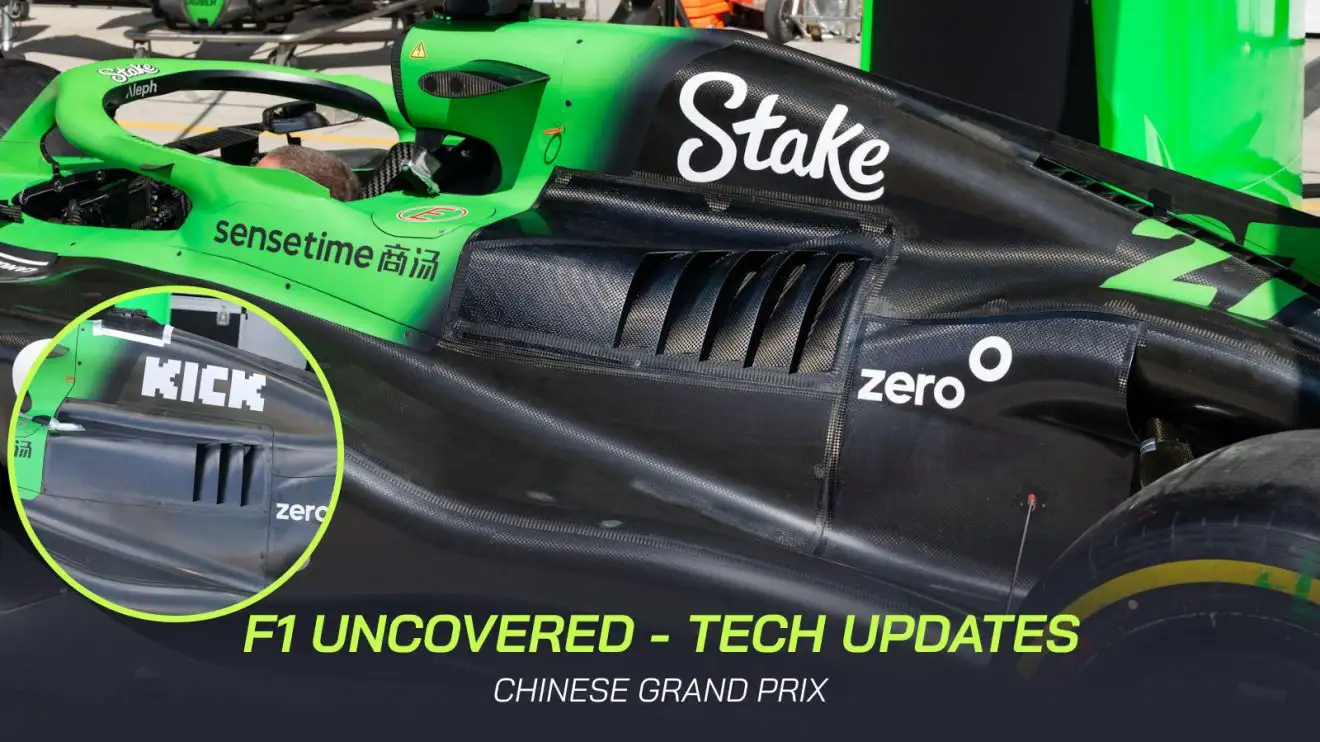
Welcome to the Chinese Grand Prix weekend! The second race of the F1 season, which is both a back-to-back and a Sprint event, was always looking like it was going to be a washout in terms of new parts arriving for the teams.
However, there are still a few bits and pieces floating around for us to examine, with McLaren, Racing Bulls, Williams and Sauber all announcing the arrival of new components in the car presentation document ahead of the event.
Keeping a keen eye on all the changes…
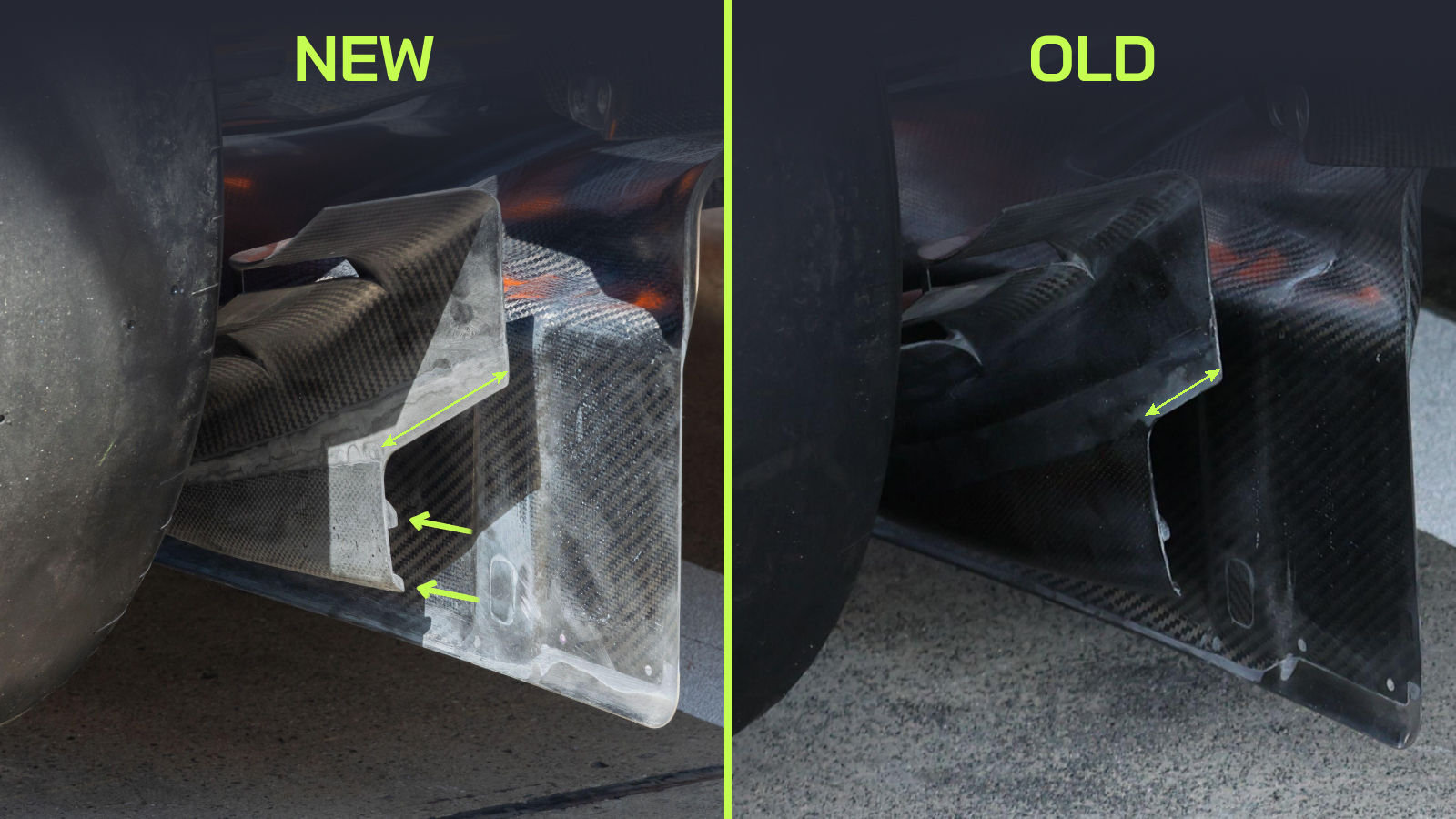

McLaren announced the arrival of a new rear brake duct winglet arrangement for the Chinese Grand Prix, and whilst this might seem like a small change, given its location it could offer a relatively decent performance boost.
The changes centre around the lower half of the winglet, with a slightly larger cutout in the lower rear quarter preferred, albeit with a similar geometry applied to the slope. The team also appear to have adjusted the profile’s thickness, with the mid-mounted and lower-edge tabs both increased in size too (see arrows).
The winglet itself sits in a pretty important airflow junction and will have a performance impact over the wake that’s shed from the wheel beside, whilst also having influence over the airflow and pressure distribution either side of the diffuser’s sidewall. That means even small changes can boost performance.
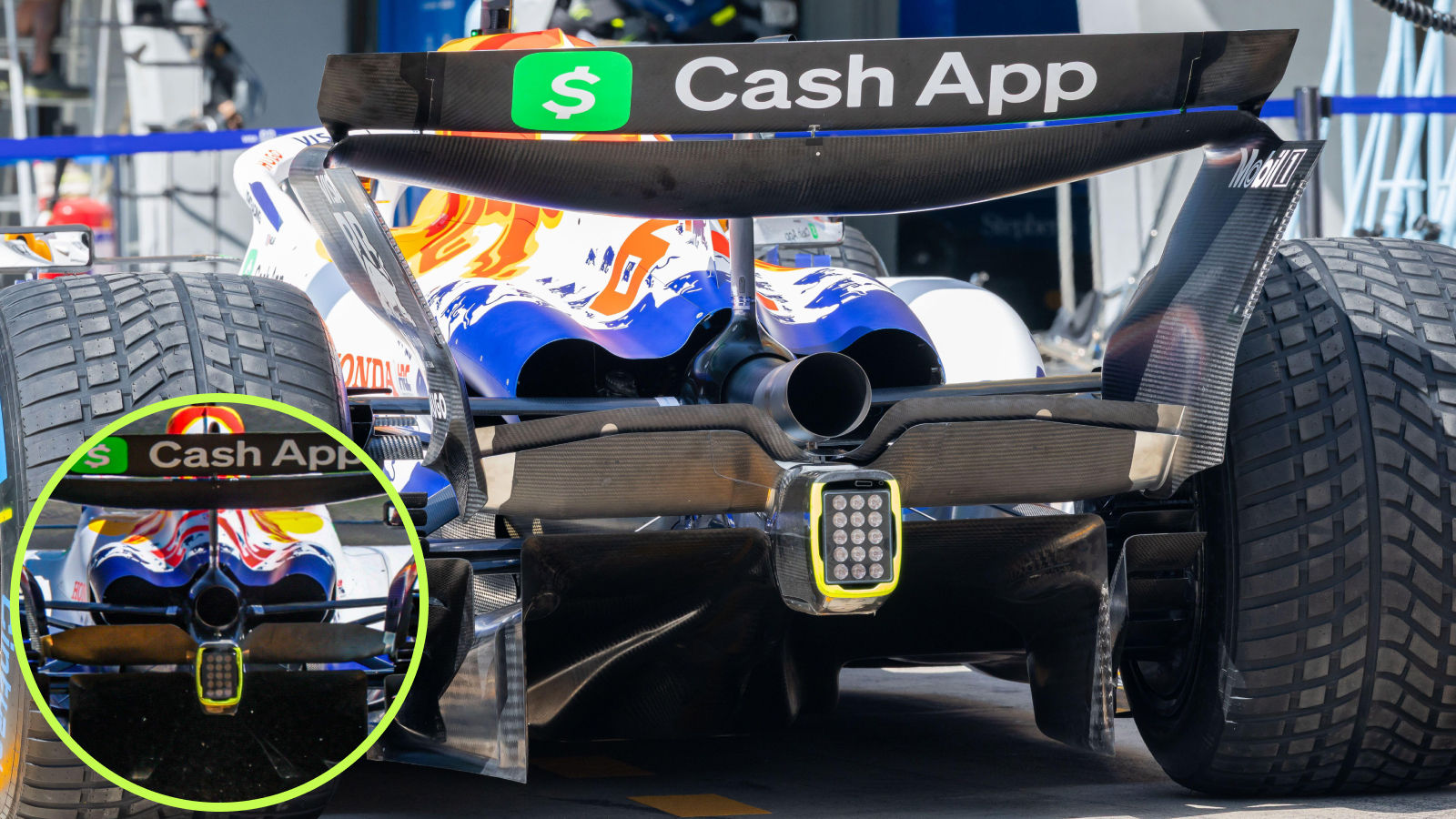

Racing Bulls arrived in China with a couple of different solutions to help them overcome the different challenges posed by the circuit, whilst also adding to their pool of options going forward.
This included different front wing Gurney flap options, in order to trim the car, front-to-rear, with their given selections — although it turned out they’d run in China without any of those fitted to the trailing edge of the front wing’s upper flap.
That, though, is for good reason, as whilst the team did also have a new, dual element, beam wing arrangement available (main image), both Yuki Tsunoda and Isack Hadjar ran with the single element option that they’d used in Australia (inset).
More analysis from the Chinese Grand Prix:
👉 Revealed: How Piastri really beat Russell and Norris to first career pole
👉 Winners and losers from the 2025 Chinese Grand Prix qualifying
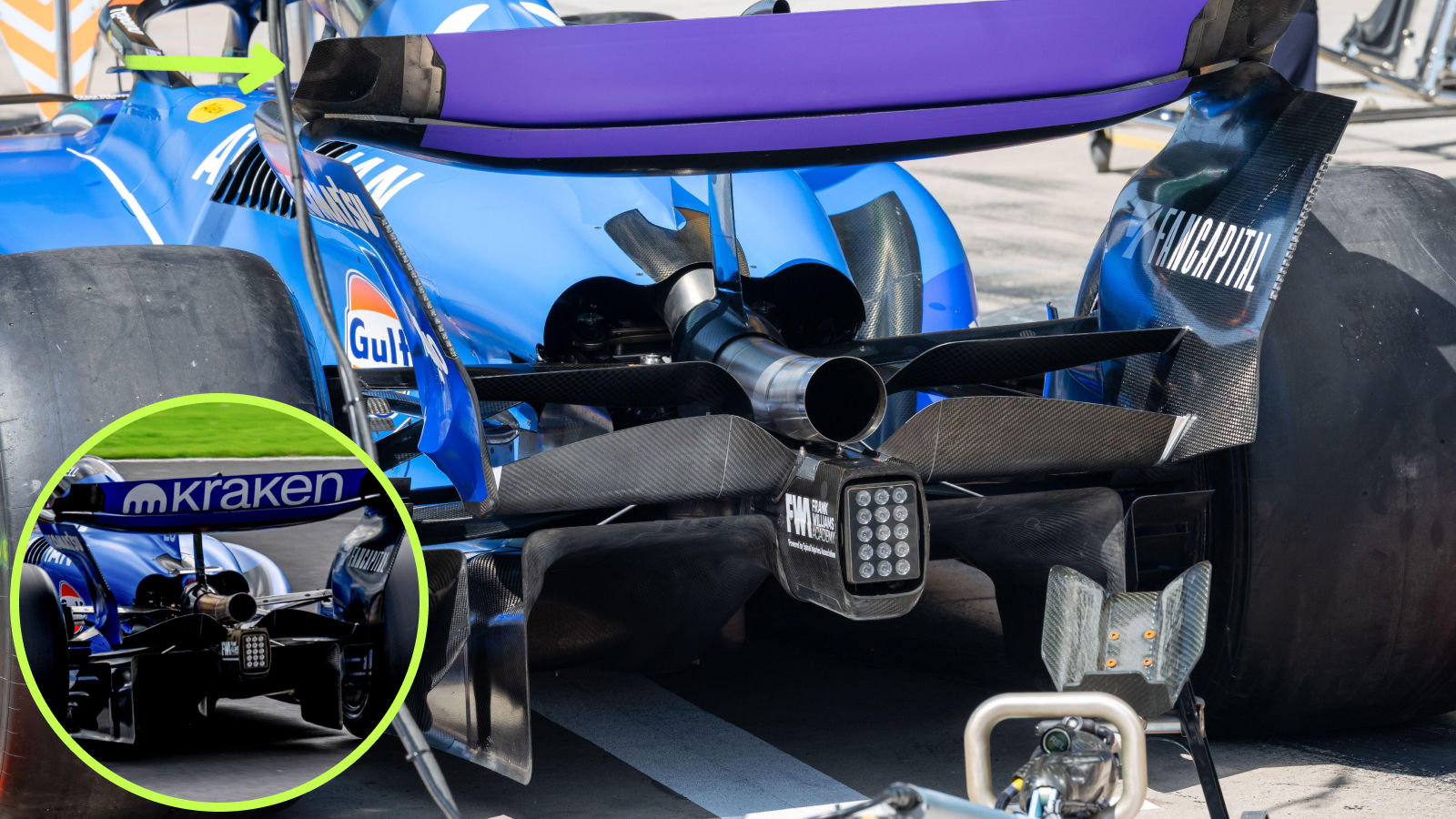

It was a similar story for Williams, as they too arrived with a new beam wing arrangement for the second round of the championship, but decided only to test the arrangement, rather than use it during the competitive sessions.
The team switched back to the single element configuration they’d run in Australia (inset), with the team consigning their bi-plane style arrangement to a start elsewhere.
Interestingly, we can see that when the car was prepared in the new configuration ahead of the track action, the blade-style winglet mounted on the rear wing pillar was removed. When they switched back to the single-element beam wing, it did make a return to play a supporting role.
The notch-style cutout in the rear wing’s tip section that was first seen in Australia was also abandoned for China (arrowed), as the team looked to increase downforce, at the expense of some additional drag.
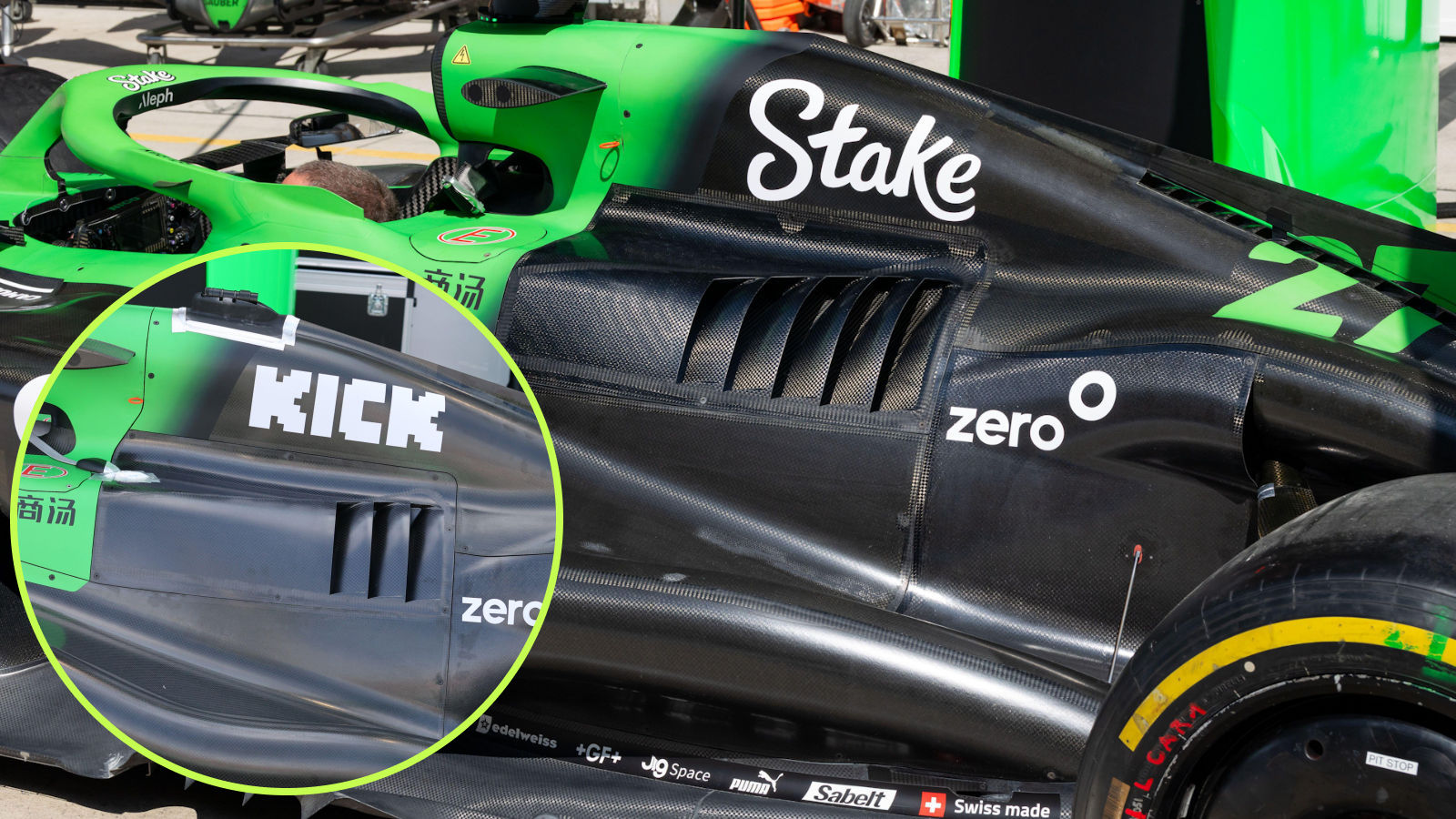

Sauber’s changes centre around the engine cover’s cooling louvres, with the team increasing how much can be rejected from this region of the car compared with the solutions we’ve already seen from them.
The team tried a couple of solutions during pre-season testing which were in a similar vein to the one used in Australia (inset), albeit they had one or two louvre openings, rather than the three seen in Melbourne.
The more expansive option used in China not only features five louvres, those louvres are also much taller, resulting in them stretching up over the engine cover’s shoulder section, with a twist profile introduced across their span to accommodate their enlargement.
Read next: Is history about to repeat itself at Red Bull as Liam Lawson endures nightmare start?
McLaren
Sauber
Williams



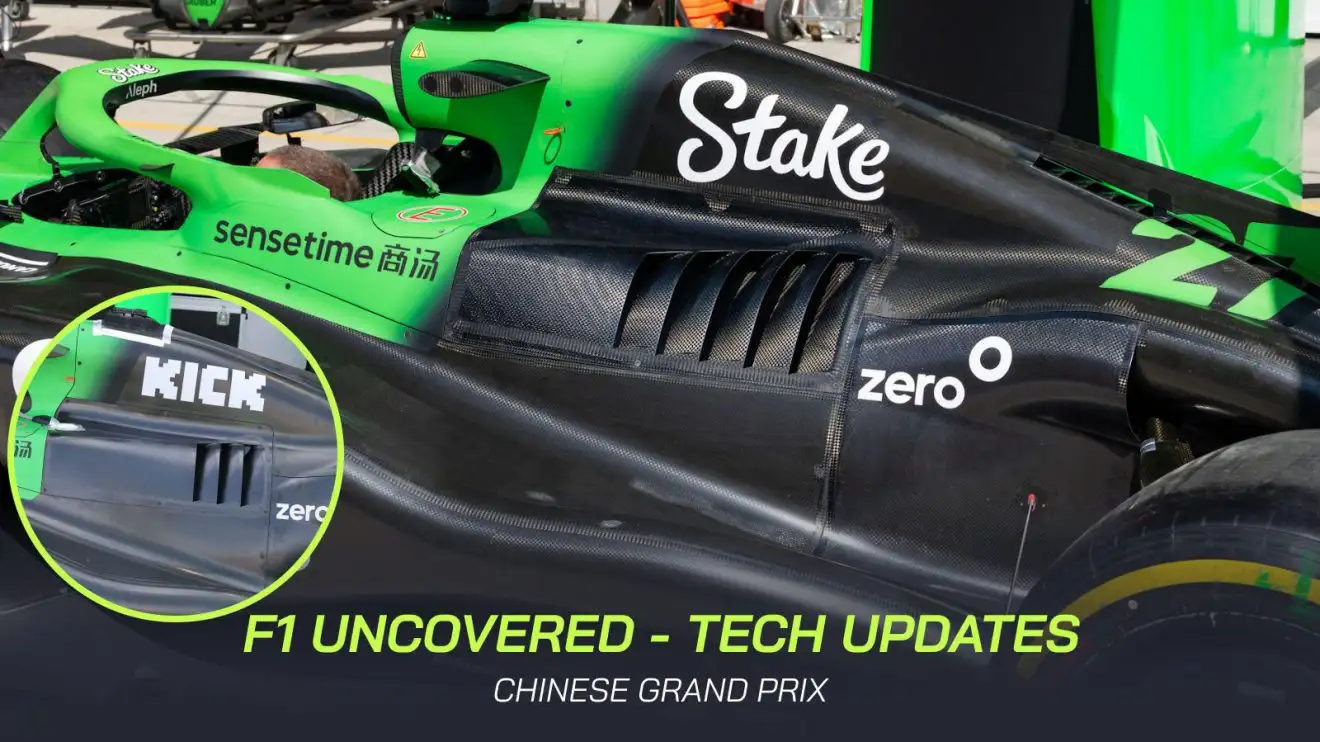
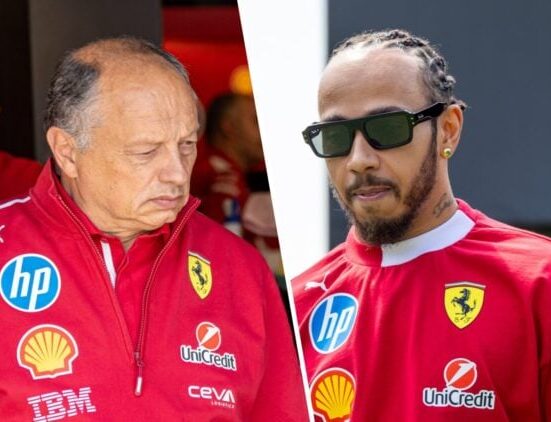



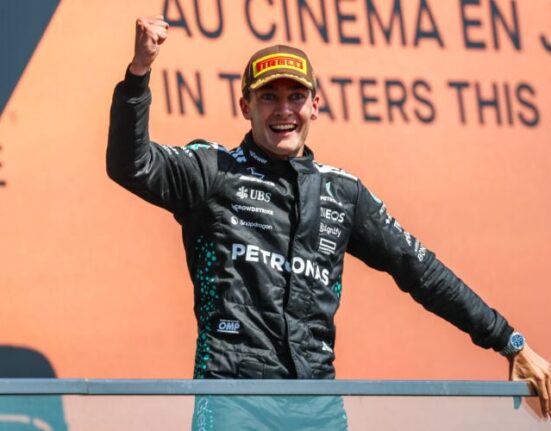

Leave feedback about this